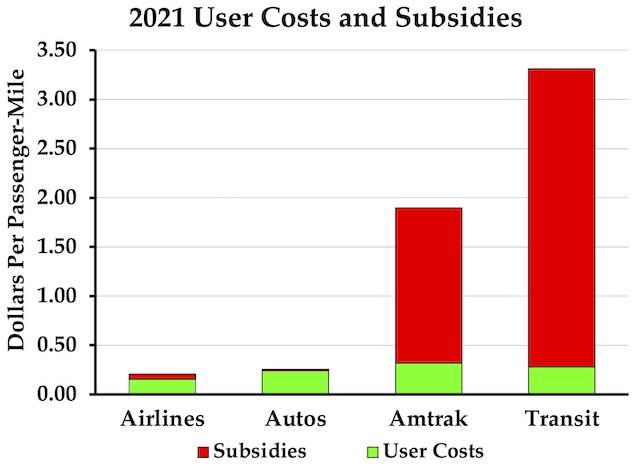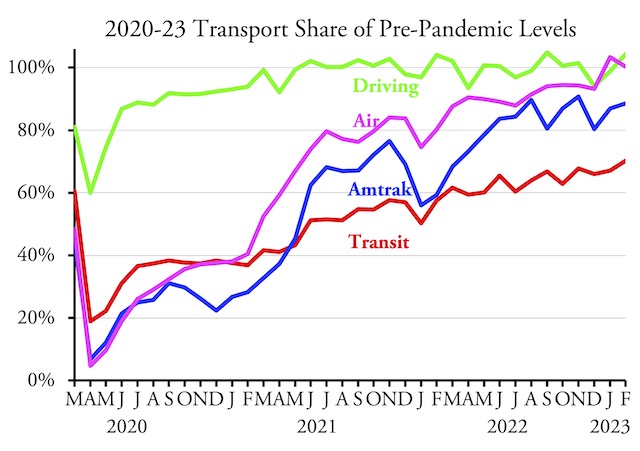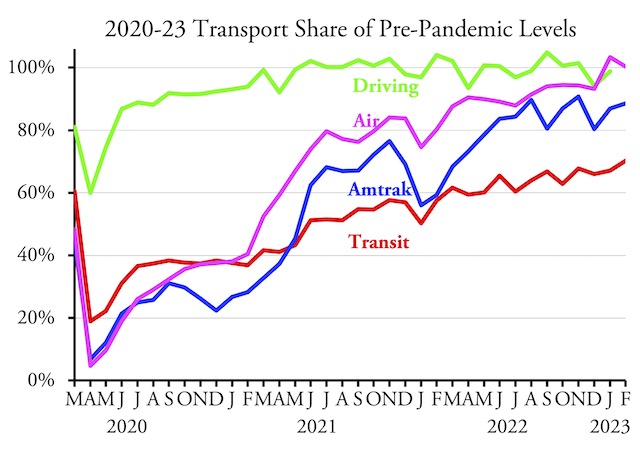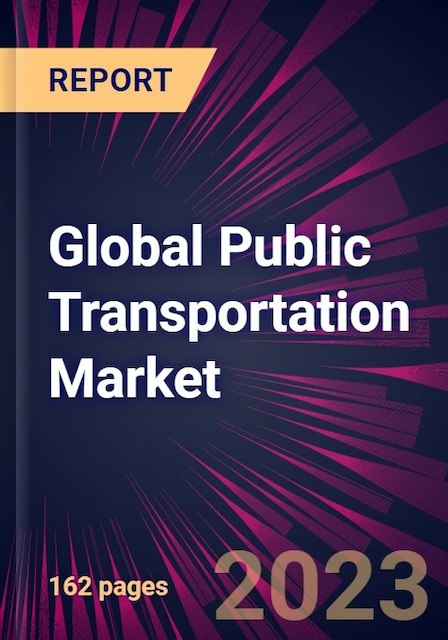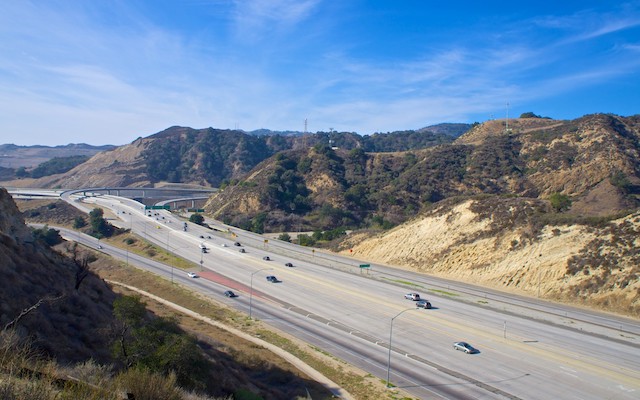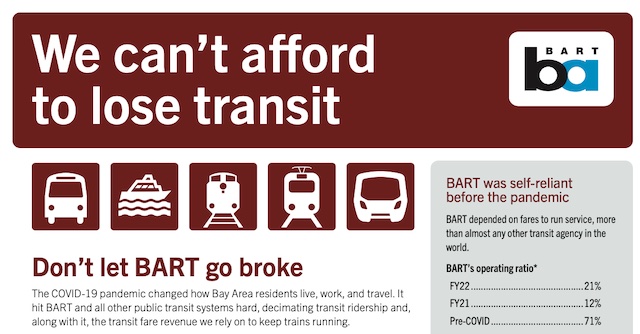Transit advocates cheered when, in 2018, a census of downtown Portland found that 42 percent of the 102,000 people who worked downtown took transit to work. What they didn’t want to hear is that less than 10 percent of workers in the Portland area worked downtown, and transit only carried 3.4 percent of non-downtown employees to work. As demographer Wendell Cox says, “transit is about downtown.”
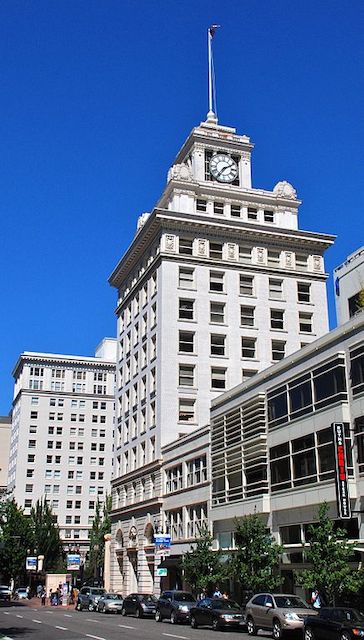 Long an icon of downtown Portland, Jackson Tower is facing hard times. Photo by Steve Morgan.
Long an icon of downtown Portland, Jackson Tower is facing hard times. Photo by Steve Morgan.
While I’ve reported on the impacts of telecommuting on transit, just as important is the decline of many downtowns due to the pandemic and the inability of many cities to solve problems of crime and homelessness. Portland’s downtown is doing so bad that the owners of Jackson Tower recently defaulted on their mortgage, which a representative of the owners blames on “the deterioration of downtown.” A court has appointed a receiver who may end up selling the graffiti-marked building at foreclosure. Continue reading

